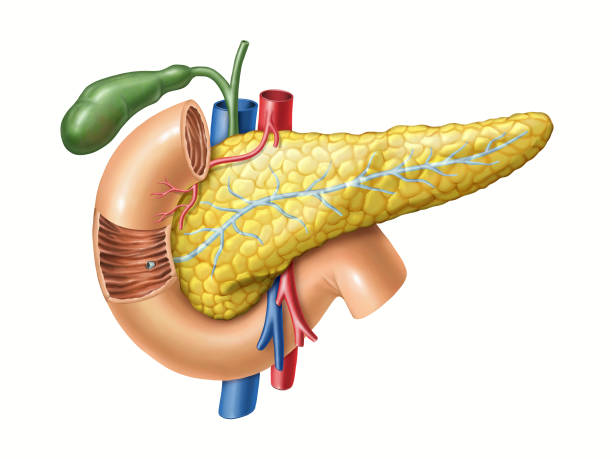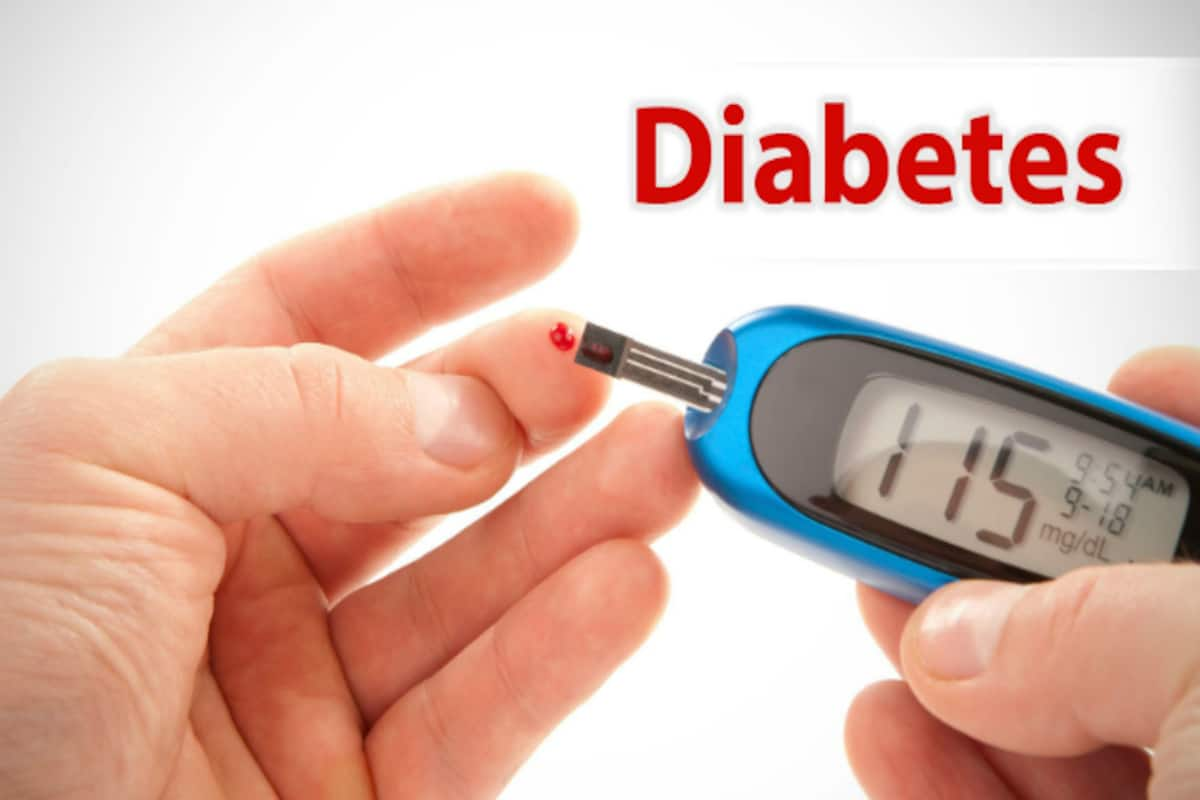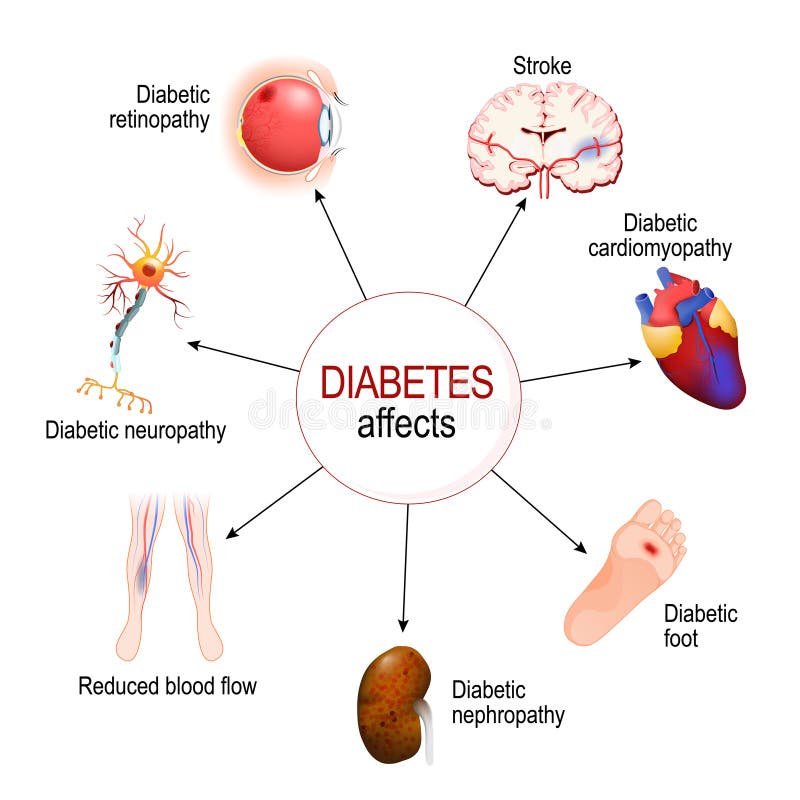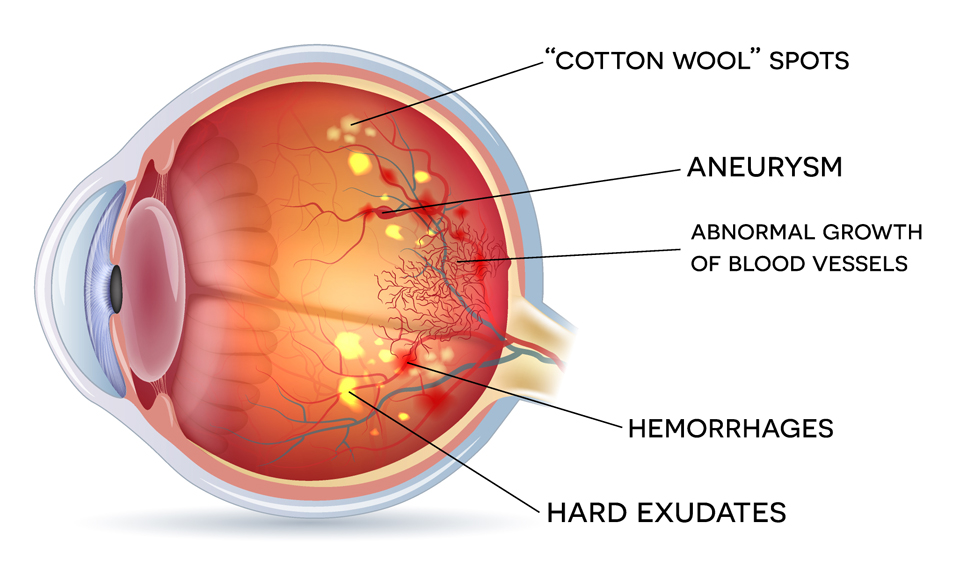4 major diabetes complications
Introduction
In this article/blog you will be able to know about some major diabetes complications. Four major diabetes complications are Neuropathy, Nephropathy, Retinopathy, and cardiovascular disease. So let us first try to understand and know about pancreas, insulin, diabetes, and type 2-diabetes that often become the major cause/factor of the above said diseases/complications.Pancreas
• The pancreas is an organ and a gland, located in the back of your abdomen (belly).
• The pancreas is a part of your digestive system.
• Pancreas makes pancreatic juices called enzymes to break down sugars, fats, and starches during digestion.
• The pancreas also helps your digestive system by making hormones.
• The pancreas produces insulin to help the body store the glucose (energy) away.
Insulin
• Insulin refers to a peptide hormone produced by beta cells of the pancreatic islets.• Insulin regulates the metabolism of carbohydrates, fats and protein by promoting the absorption of glucose from the blood into liver, fat, and skeletal muscle cells.
• Insulin is considered to be the main anabolic hormone of the body.
Relation among digestive system, the pancreas, insulin, and type 2-diabetes
As soon as food is eaten, the pancreas releases digestive enzymes into the bowel to break food down. As the food is digested, the nutrient levels in the blood rise. As the glucose enters the bloodstream, blood sugar levels go up, when it does, the pancreas sends insulin into the blood. Insulin helps open cells throughout the body to let glucose in, giving the cells the energy they need. In type 2-diabetes, the pancreas makes insulin, but the cells don’t respond to it as they should.Diabetes
• Diabetes refers to a chronic (long-lasting) disease/illness that occurs either when the pancreas doesn’t produce enough insulin or when the body cannot effectively use the insulin it produces.
• Diabetes occurs when blood sugar (blood glucose) is too high due to insulin resistance (Type 2-diabetes) or the inability to create insulin (Type 1-diabetes).
Some early signs and symptoms of diabetes are:
• Frequent urination
When your blood sugar is high, your kidneys expel the excess blood sugar, causing you to urinate more frequently.
• Increased thirst
• Fatigue
• Blurred vision
• Increased hunger
• Unexplained weight loss
• Slow healing cuts and wounds
• Tingling or numbness in the hands or feet
Insulin resistance
• Insulin resistance refers to a situation when cells in your muscles, fat, and liver don’t respond well to insulin and can’t easily take up glucose from your blood.Type 2-diabetes (Insulin resistance)
• Type 2-diabetes refers to a long-term (chronic) medical health condition in which your body doesn’t use insulin properly resulting in too much sugar circulating in the bloodstream.
• Type 2-diabetes (formerly called non-insulin-dependent, or adult-onset) results due to the body’s ineffective use of insulin.
• Type 2-diabetes is the most common type of diabetes.
• More than 95% of people with diabetes have type 2-diabetes.
Some major causes of type 2-diabetes are:
• Type 2-diabetes is primarily the result of cells in muscle and fat and the liver becoming resistant to insulin.
• Person is not physically active
• Overweight or obese
• High blood pressure
• Family history
Some medical blood tests that tell the level/condition of blood in your body are:
LDL cholesterol
• LDL stands for Low-density lipoprotein.
• LDL is one of the five major groups of lipoprotein which transport all fat molecules around the body in the extracellular water.
• LDL (Bad) cholesterol level (High) is found to be 160-189 mg/dl and above.
• High LDL cholesterol level means you’re at greater risk for cardiovascular disease like heart attack and stroke.
HDL cholesterol
• HDL stands for High-density lipoprotein.
• HDL is one of the five major groups of lipoproteins.
• High levels of HDL cholesterol can lower your risk for heart disease and stroke.
• Optimal (normal) HDL levels are 60mg/dl or higher.
HbA1C level
• HbA1C stands for Hemoglobin A1C .
• The HbA1C test measures the amount of blood sugar (glucose) attached to hemoglobin.
• The normal range for HbA1C is 4-5.6% (20-38 mmol/mol) in healthy people.
• For diabetic patients, HbA1C is over 6.5% (47 mmol/mol).
• High HbA1C, may cause diabetes, a chronic condition that can cause serious health problems like heart disease, kidney disease, and nerve damage.
A1C level
• A1C level shows the level/condition/ situation of your diabetes.
• For normal diabetes, A1C level is 5.7%
• For pre-diabetes, A1C level is 5.7% to 6.4%.
• For diabetes, A1C level is 6.5% or more. (Higher your A1C means the greater your risk is for developing type 2 diabetes).
Some major diabetes complications are:
• Nephropathy (Kidney disease )
• Retinopathy ( Glaucoma, Cataract or eyesight issues)
• Cardiovascular disease ( heart disease and stroke)
Neuropathy (Nerve damage)
• Neuropathy refers to damage to the peripheral nerves or dysfunction of one or more nerves.• Diabetic neuropathy is a condition that occurs when the nerves become damaged, causing joint pain in people with type 2-diabetes.
Some common symptoms of Neuropathy are:
Numbness or numb sensation or pins-and-needles sensation or burning, prickling or tingling, muscle weakness, and pain usually in the hands and feet
Numbness or numb sensation
• Numbness or numb sensation refers to a loss of sensation or feeling in a part of your body.
• Numbness or numb sensation can occur along a single nerve on one side of the body, or it may occur symmetrically, on both sides of the body.
Cause of Neuropathy
A common cause of peripheral neuropathy is diabetes.
Nephropathy (Kidney diseases)
• Nephropathy refers to the deterioration of kidney function.• The final stage of nephropathy is called kidney failure, end-stage renal disease, or ESRD.
Some common symptoms of nephropathy are:
• Worsening blood pressure control
• Protein in the urine
• Swelling of feet, ankles, hands or eyes
• Increased need to urinate
• Reduced need for insulin or diabetes medicine
• Confusion or difficulty concentrating
• Shortness of breath
• Loss of appetite
• Having trouble sleeping
• Experiencing persistent puffiness around your eyes
Cause of Nephropathy
The most common causes of nephropathy are diabetes and high blood pressure.
Retinopathy (Glaucoma, Cataract or eyesight issues)
• Retinopathy refers to a complication of diabetes that affects the eyes.• Retinopathy occurs when blood vessels in the back of the eye, the retina, become damaged.
Some common symptoms of retinopathy are:
• Floaters
• Blurriness
• Dark areas of vision
• Difficulty perceiving colors
• Blindness can occur
Cause of Retinopathy
• Diabetic retinopathy is caused by damage to the blood vessels in the tissue at the back of the eye (retina).
• The main causes of diabetic retinopathy are sustained high blood glucose levels and high blood pressure.
• Poorly controlled blood sugar is a risk factor.
Cardiovascular disease (heart disease and stroke)
• Cardiovascular disease refers to a type of disease that affects the heart or blood vessels.• Diabetes increases the risk of cardiovascular problems like coronary artery disease with chest pain (angina), heart attack, stroke, and narrowing of arteries (atherosclerosis).
Some common symptoms of diabetic cardiovascular disease are:
• Chest pain, chest tightness, chest pressure, and chest discomfort (angina)
• Shortness of breath
• Changes in heart rhythm
• Swelling in legs or abdomen
• Weakness or fatigue
• Pain in the neck, jaw, throat, upper abdomen or back
Cause of Cardiovascular disease
• Cardiovascular disease may be increased by smoking, high blood pressure, high cholesterol, unhealthy diet, lack of exercise, diabetes, and obesity.
• A buildup of fatty plaques in your arteries (atherosclerosis) is the most common cause of coronary artery disease.














No comments:
Post a Comment